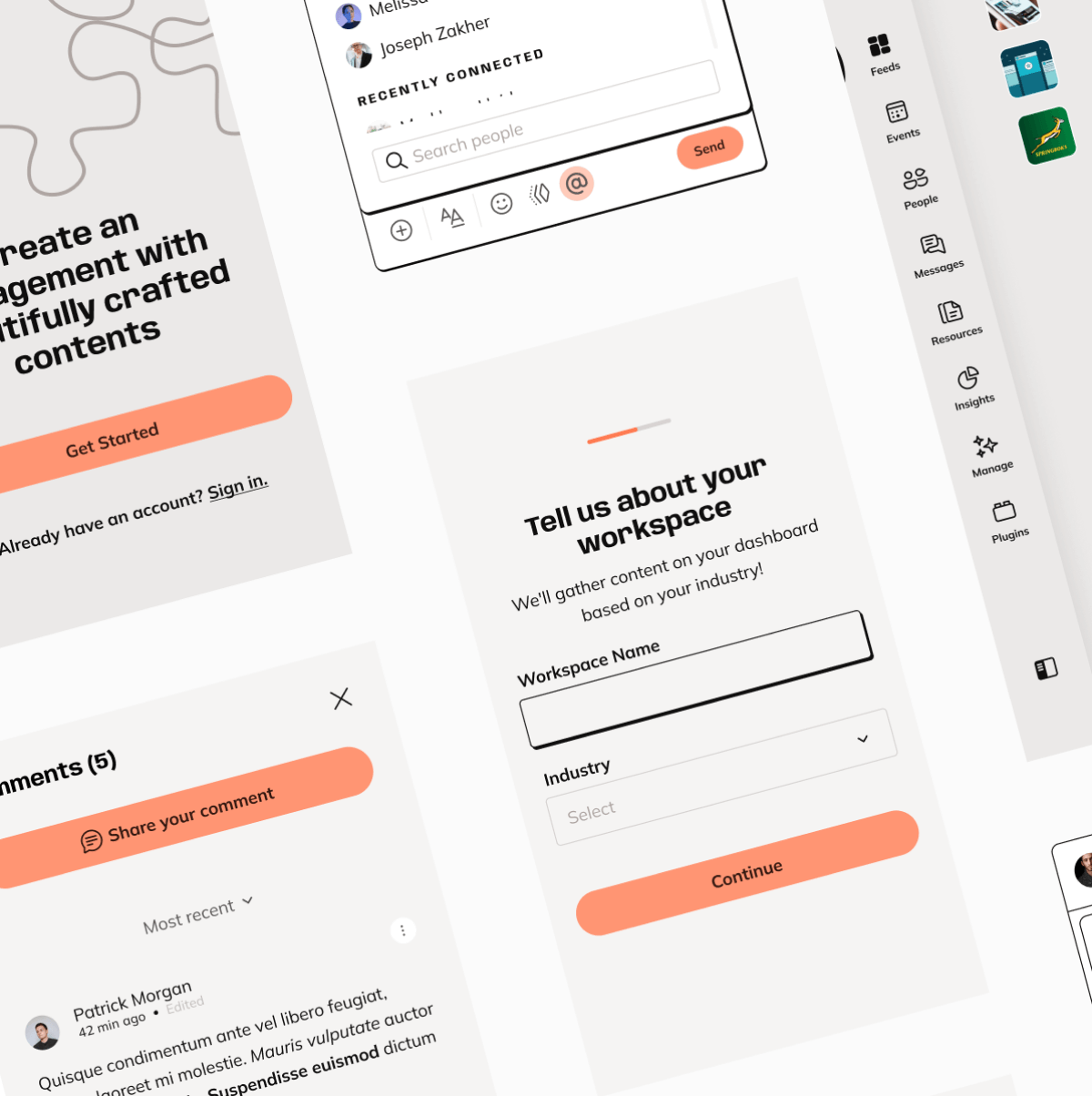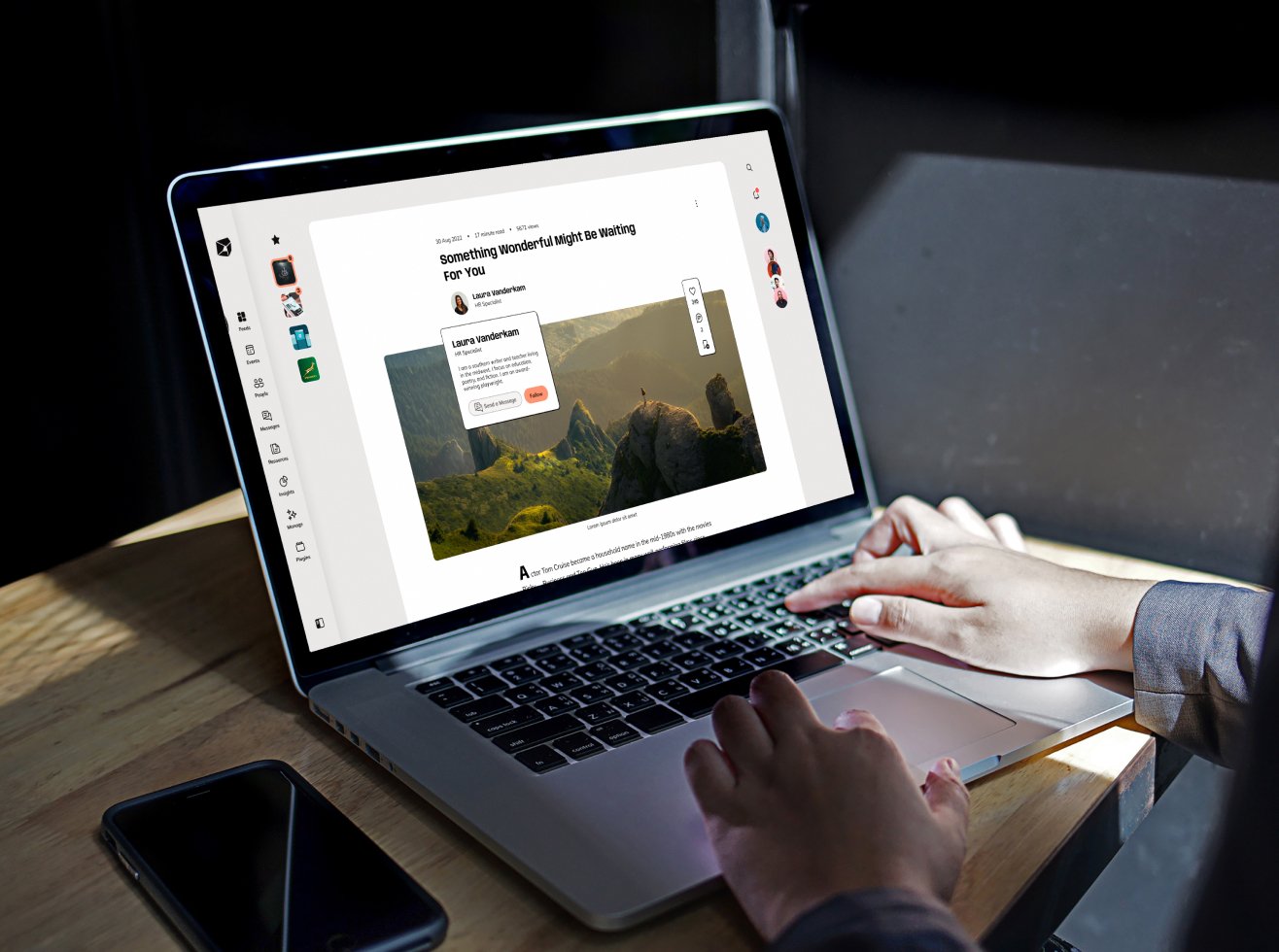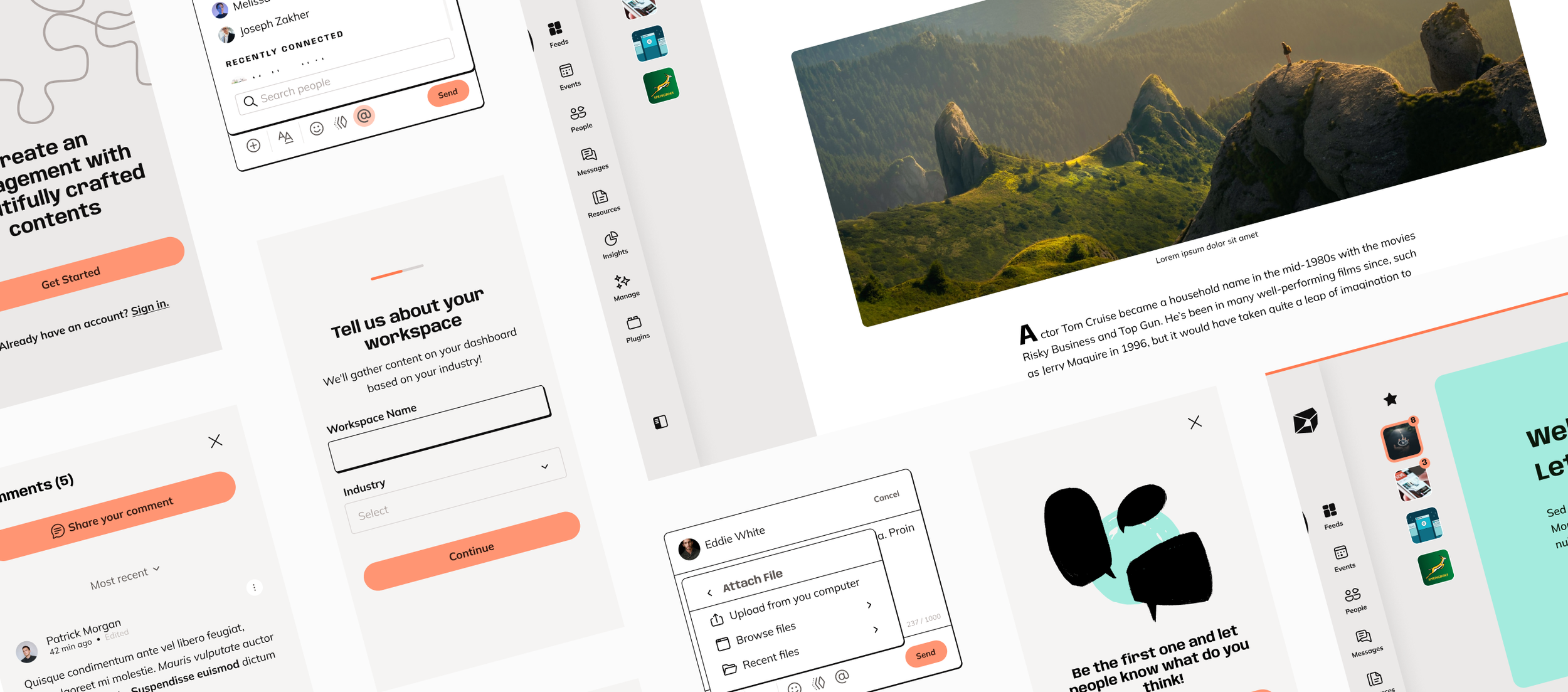LiveTiles
Reaching new heights
As Head of Product Experience for the LiveTiles Reach 2.0 transformation project, I led the strategic redesign of a critical employee communications platform, helping LiveTiles advance toward their goal of becoming a leader in employee experience (EX).
In response to the global shift to hybrid work, I guided the evolution of LiveTiles Reach from a basic communications app into a sophisticated engagement platform. Our mission was to create an intuitive, personalised experience that would drive adoption and deliver measurable ROI for organisations managing distributed workforces.



The Challenge
When LiveTiles Reach was evaluated, it was clear that while the platform held immense potential, several critical challenges were hampering its effectiveness. User engagement was inconsistent across organisations, with many employees struggling to navigate the platform efficiently. The lack of personalisation features meant that content often failed to reach its intended audience effectively, leading to reduced platform adoption rates.
Furthermore, the competitive landscape of workplace technology was rapidly evolving. The global shift to hybrid work had intensified the demand for sophisticated employee communication tools, and LiveTiles needed to strengthen its market position. We faced the complex task of not only improving the existing product but also innovating to stay ahead of market demands and maintain customer loyalty.
Strategic Approach
Discovery Phase Leadership
We launched a transformation of the platform by implementing a discovery process to establish a foundation for our redesign strategy. Extensive user interviews and usage pattern analysis provided insights into employee interactions with the platform, highlighting overlooked improvement opportunities.
Our platform audit assessed existing features, technical limitations, and competitor solutions, revealing areas for innovation and differentiation in the market. This phase's insights shaped our redesign approach.
Experience Design Strategy
Our findings led to a design strategy centered on three principles: simplicity, personalisation, and engagement. A minimalist interface was crucial for reducing cognitive load and enhancing accessibility for all users.
The personalisation strategy aimed to create dynamic experiences that adapted to individual user preferences. By learning from interactions we were able to surface relevant content for the users and streamlined workflows, enabling targeted communications and increased platform value.
Implementation Process
The transformation process required careful orchestration of multiple workstreams. I began with a comprehensive UX/UI audit that examined every aspect of the user experience. This analysis informed our new information architecture and navigation patterns, ensuring that every design decision supported our goals of simplicity and engagement.
Feature enhancement was approached methodically, with each new capability carefully prioritised based on user needs and technical feasibility. We developed personalisation that could deliver tailored experiences while maintaining platform performance. The search functionality was completely reimagined to help users quickly find relevant content and connections.
Throughout the implementation, we maintained a rigorous user testing and iteration cycle. Regular usability testing sessions provided crucial feedback that helped us refine our designs and ensure we were meeting user needs effectively. This iterative approach allowed us to make continuous improvements while maintaining project momentum.
Conclusion
The success of the Reach 2.0 transformation demonstrates the critical importance of user experience in workplace technology. By combining thorough research, strategic design thinking, and careful execution, we created a platform that not only meets current market needs but is positioned for future growth. As hybrid work continues to evolve, LiveTiles Reach stands ready to help organisations maintain strong connections with their employees, wherever they work.


